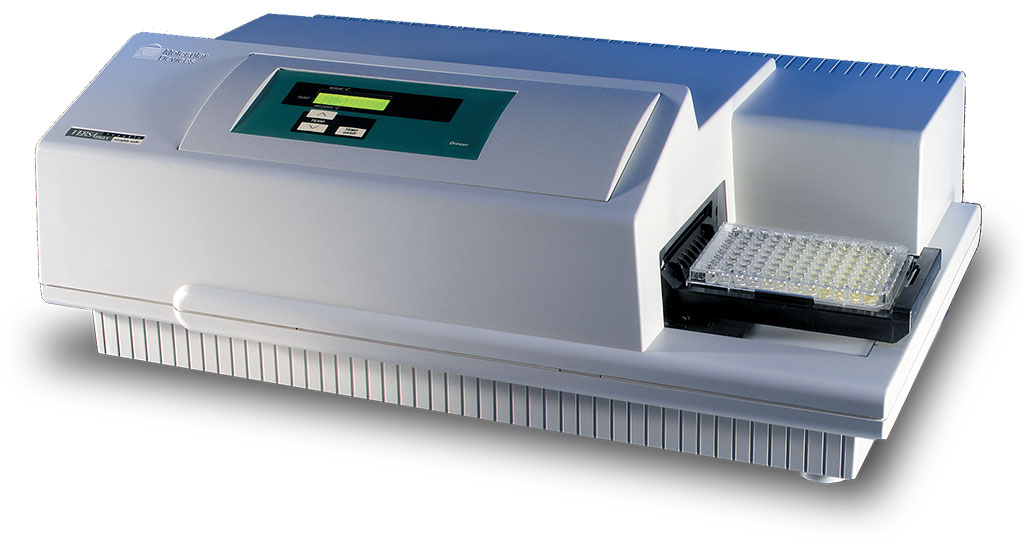Biomarkers of Collagen Turnover Investigated in Crohn’s Disease
Posted on 24 Jun 2022
Crohn's disease (CD) is a chronic ulcerative inflammatory disease mainly affecting the gastrointestinal (GI) tract and is characterized by an inappropriate and uncontrolled immune response that is putatively triggered by the gut microbiome in genetically susceptible individuals.
Collagens are important to maintain epithelial integrity and structure and tensile strength of intestinal tissue. Type IV is the most abundant collagen of the basement membrane, while type I and III collagens are the most abundant collagens of the interstitial matrix, which are directly associated with the intestinal epithelium.

Gastroenterologists at the University Medical Center Groningen (Groningen, the Netherlands) collected serum samples from 101 patients with CD. Samples were collected in the period from February 2011 to December 2018 and were stored at −80 °C. Classifications were based on clinical data and objectively confirmed by retrospectively available endoscopies (images, reports), histopathological reports (e.g. from bowel resections), and radiologic information (e.g. MRI or CT images).
The investigators measured the serological biomarkers of type III and IV collagen formation (PRO-C3, PRO-C4) and matrix metalloproteinase (MMP) or granzyme-B (GrzB)-mediated type I, III, IV and VI collagen degradation (C1M, C3M, C4M, C4G, C6Ma3) using neo-epitope protein fingerprint assays. Neo-epitope fragments of extracellular matrix (ECM) synthesis and degradation were measured using protein fingerprint assays with solid-phase competitive ELISAs. Assays were based on either colorimetry or chemiluminescence.
A VersaMAX ELISA reader (Molecular Devices, San Jose, CA, USA) was applied to read optical densities at 450 and 650 nm. For chemiluminescence assays, BM Chemiluminescence ELISA Substrate (Merck, St. Louis, MO, USA) was added as 100 μL per well. The plates were then shaken at 300 rpm while incubating for 3 minutes at 20 °C. A Fluoroskan FL fluorescence plate reader (Thermo Fisher Scientific, Waltham, MA, USA) was applied to read light emission at 1,000 milliseconds with no filter.
The team reported that C1M, C3M, and C4M were significantly reduced in patients with structuring disease (Montreal B2). This was accurately differentiated these patients from patients with either non-stricturing, non-penetrating (B1), or penetrating (B3) disease. The investigators also saw the type IV collagen formation/degradation (PRO-C4/C4M) ratio demonstrated high discriminative capacity (B1/B2: AUC = 0.90; B1/B3: AUC = 0.87). In addition, higher baseline levels of C1M and C4G was linked to an increased risk of penetrating disease progression (C4G: HR, 1.71).
The authors concluded that elevated degradation of type I, III and IV collagen and excessive (relative) formation of type IV collagen strongly associates with stricturing CD. Type I and IV collagen fragments show predictive potential for the risk of penetrating disease progression. These biomarkers may become valuable tools for detection and prediction of stricturing and penetrating CD. The study was published on June 6, 2022 in the journal Alimentary Pharmacology & Therapeutics.
Related Links:
University Medical Center Groningen
Molecular Devices
Merck
Thermo Fisher Scientific













